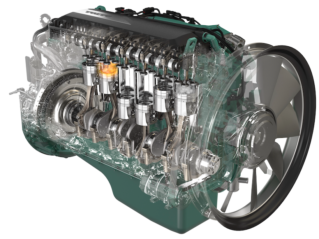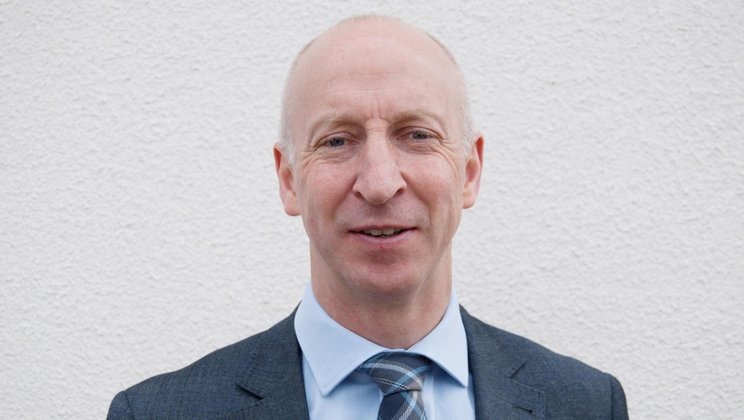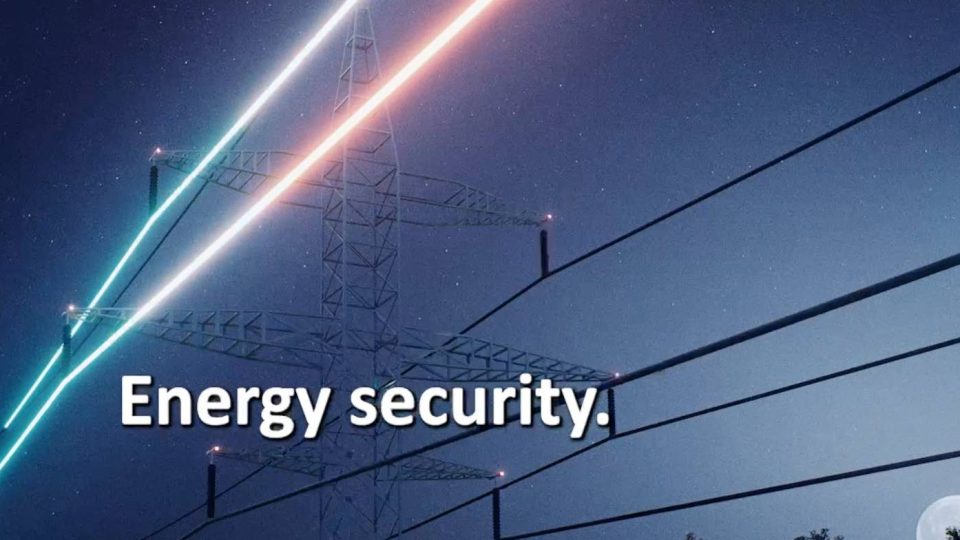Volvo Penta and hydrogen. Looking at the near future
We told you about the agreement between the Volvo Group and Daimler Truck for the development of fuel cell systems. In Götebörg they clearly have ambitious programs, which also involve Volvo Penta and Volvo CE. Hydrogen is thus entering the industrial applications audience (Deutz also announced the hydrogen version of the TCD7.8 at ConExpo). Following […]

We told you about the agreement between the Volvo Group and Daimler Truck for the development of fuel cell systems. In Götebörg they clearly have ambitious programs, which also involve Volvo Penta and Volvo CE. Hydrogen is thus entering the industrial applications audience (Deutz also announced the hydrogen version of the TCD7.8 at ConExpo).
Following is part of Lars Stenqvist‘s speech, Executive Vice President Volvo Group Trucks Technology, Volvo Group CTO.

Volvo Penta and hydrogen. Let’s read the Volvo Group CTO’s speech
«Battery electric vehicles are a good solution for city distribution, city buses, regional haulage and similar applications. For use cases where you carry heavier loads or drive longer distances, the weight of the batteries themselves and the driving distance until you need to re-charge, become limiting factors. Here, hydrogen fuel cells are likely to be an interesting alternative. The two technologies complement each other and both will be needed in order for us to build the sustainable transport system of tomorrow. A hydrogen fuel cell is an electrochemical cell that on board the vehicle converts the chemical energy of hydrogen (stored on board) and oxygen (from the air) into electricity. So instead of today’s batteries in a battery electric vehicle, the fuel cell system will deliver the electricity to the electric driveline. In a fuel cell scenario, you stop at a gas station and fill the tank of your electric vehicle with hydrogen.

Two ways
There are two promising ways to produce the hydrogen needed in a sustainable way. So-called green hydrogen can be produced locally at the tank station, using green electricity to convert water into hydrogen. Blue hydrogen is expected to be produced from natural gas, utilizing carbon capture technology to create a carbon neutral fuel. The two companies will use the same fuel cell systems but will continue to be competitors on electric vehicles. The fuel cell technology is only one component of the electric powertrain system and the full offering, and the parties will independently incorporate the fuel cell systems into their separately marketed vehicles. And this is not only for trucks. For us in the Volvo Group this will be very useful also for Volvo Buses, Volvo CE and Volvo Penta.»









